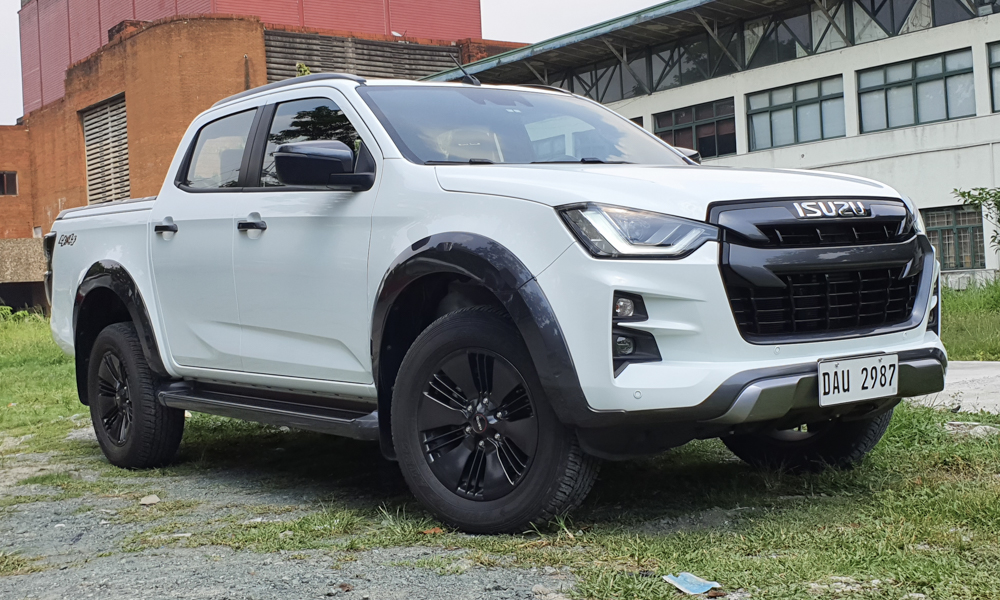
It is normal for people to expect that an all-new car model will be significantly better than its predecessor in terms of performance, refinement and features. A vehicle is never a cheap investment for any regular salaryman, so it is perfectly okay to be critical given what is at stake financially.
But such expectations must come within reason. For example, thinking that a Toyota Camry’s ride quality will be as good as that of a BMW 7-Series is not very rational. For this review, knowing that Isuzu’s specialty has always been trucks and commercial vehicles, I thought it was prudent to keep my benchmark for the all-new D-Max at a reasonably modest level.
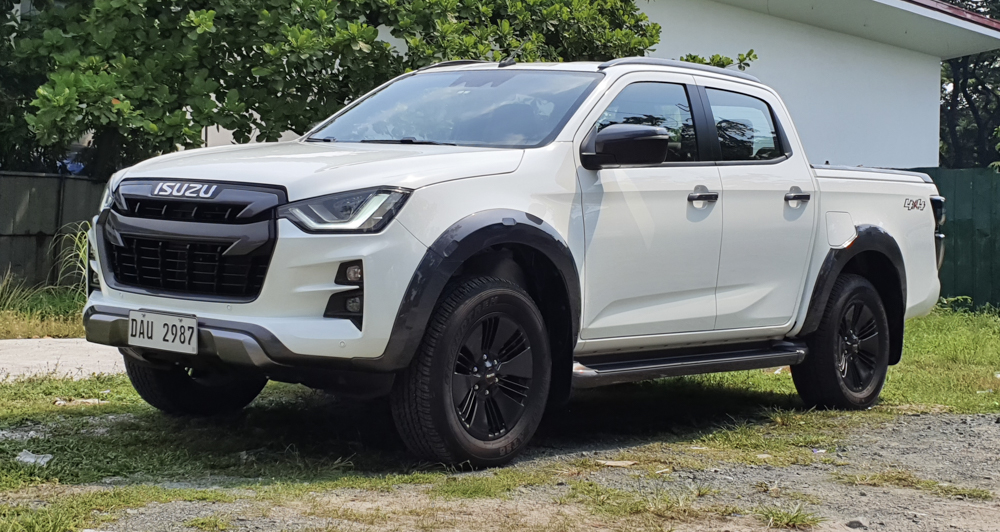
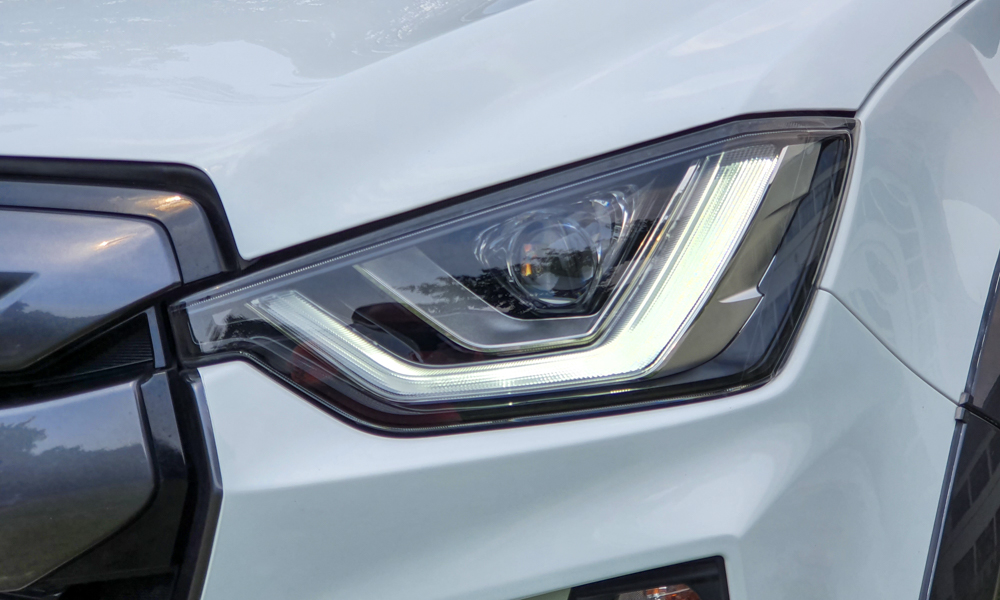
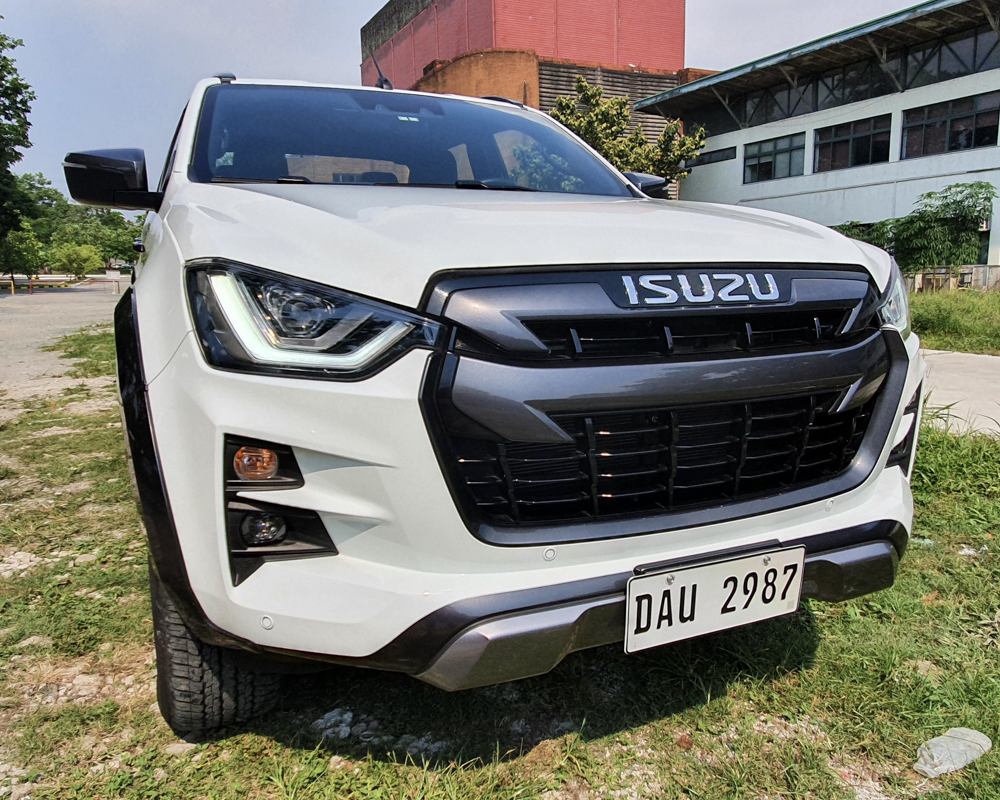
Let’s start with the engine. On sheer power alone, the 4JJ3 turbodiesel is no slouch with 187hp and 450Nm. While I felt that the gearing of the six-speed automatic transmission was quite tall, it was compensated by a generous amount of pulling power available from low rpm. The gearbox didn’t need to downshift when I needed the torque, which meant I could power through hill climbs at close to idle.
But the 4JJ3 is a 3.0-liter unit—larger than the engines of any of the D-Max’s competitors. Whenever you accelerate, there is a noticeable whine that sounds like the motors on Isuzu’s NHR and NKR trucks. Across its rev range, the 4JJ3 has more vibration than its smaller-displacement counterparts. But at the end of the day, this big turbodiesel is meant to work reliably.
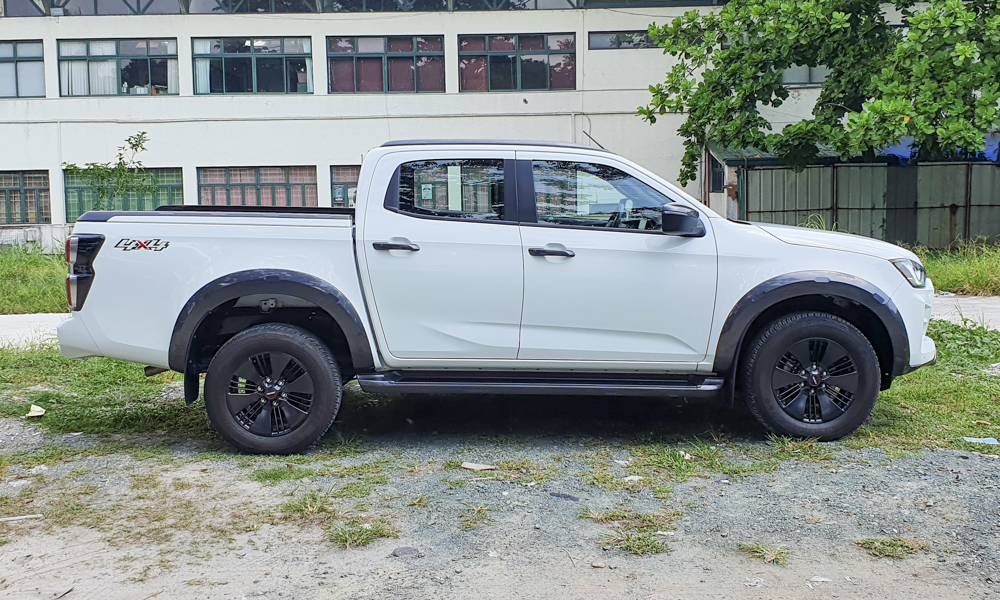
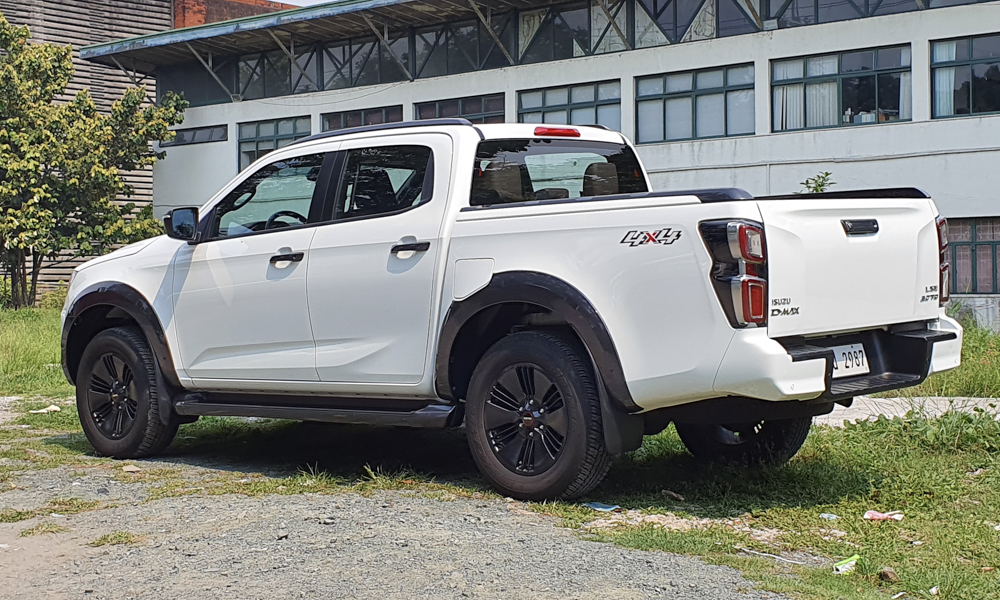
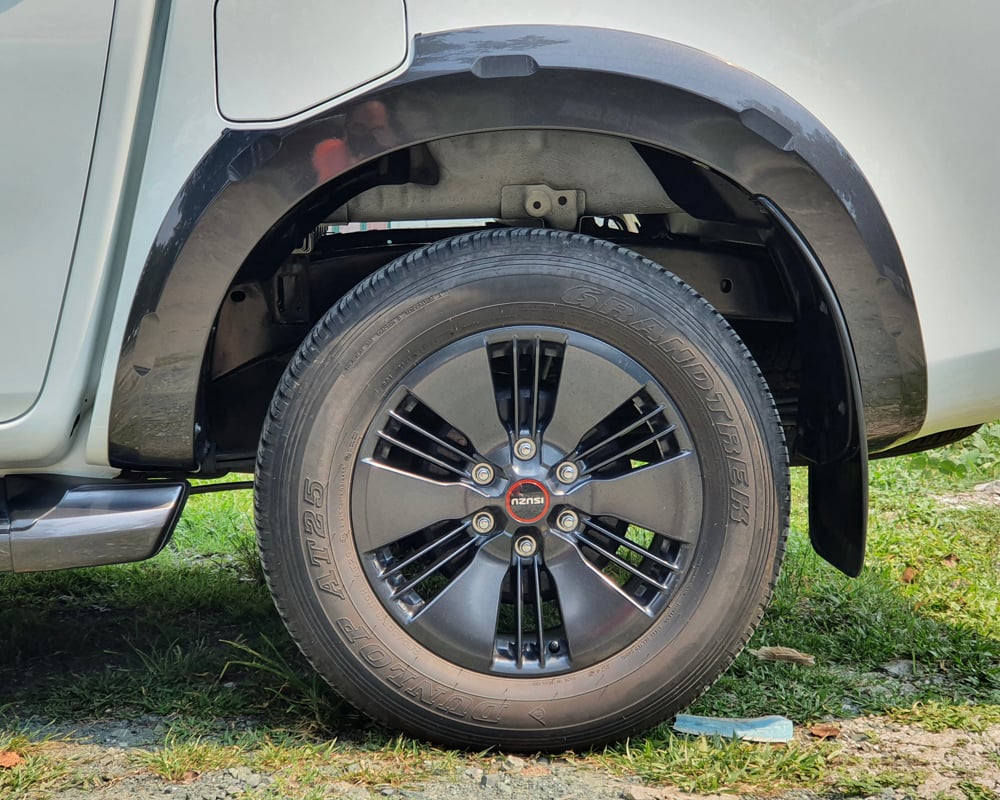
That sets the theme for what makes the D-Max feel different from its rivals. It’s not the smoothest or the most refined creature out there. The power steering, for example, isn’t light. It takes quite a bit of huffing and puffing just to get the tiller go from lock to lock. The gear selector also needs some force to cycle through its positions. And how can I forget the handbrake lever? No matter how gentle you pull it, the mechanism makes this really audible ratcheting sound that I had to ask Isuzu people if this was normal. But, again, if all these systems will function reliably, I think the roughness is forgivable.
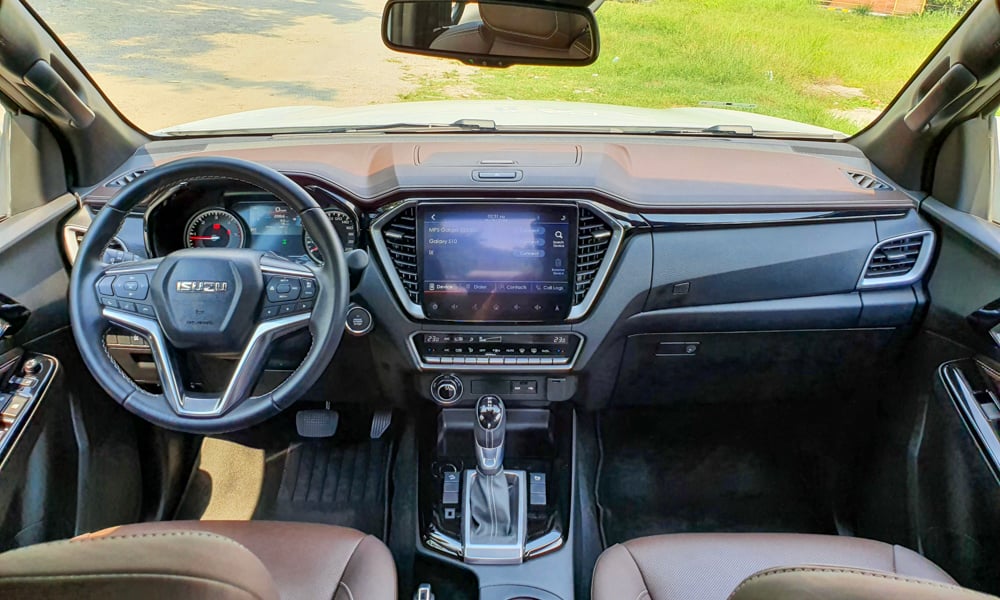
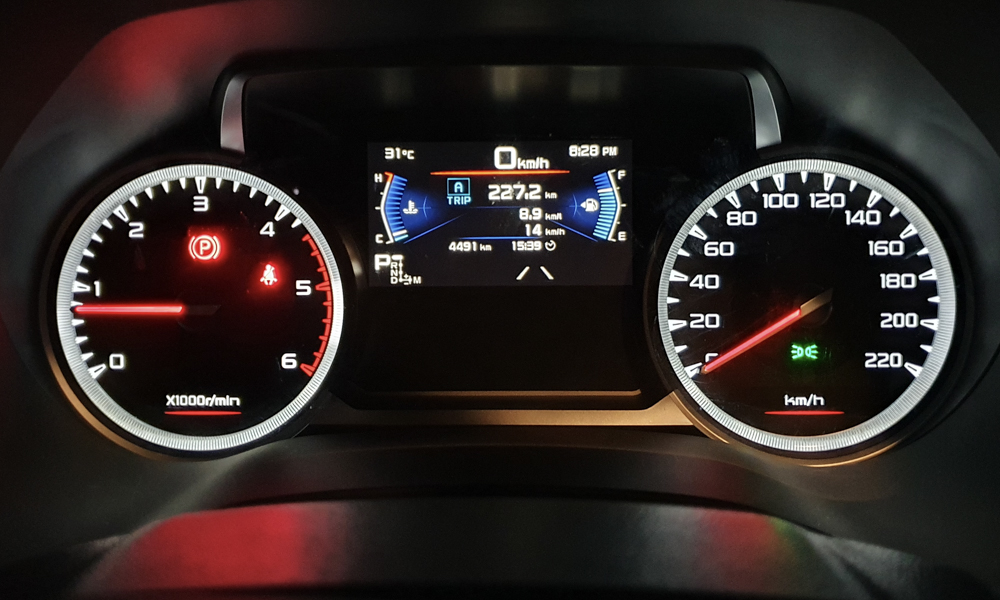
Isuzu did try to make the D-Max feel less agricultural this time around. For example, I thought the brown interior of this range-topping LS-E trim level was tasteful. The seats are quite comfortable because of the extra padding. The rear air-conditioning vents are a welcome addition as not all pickups offer it.
Most of the switchgear feels good to the touch. I particularly appreciate what has been done to the HVAC controls—ditching the weird circular design of the previous-generation model for a simple array of toggle switches. A massive 10-inch infotainment screen with Apple CarPlay and Android Auto dominates the center console.
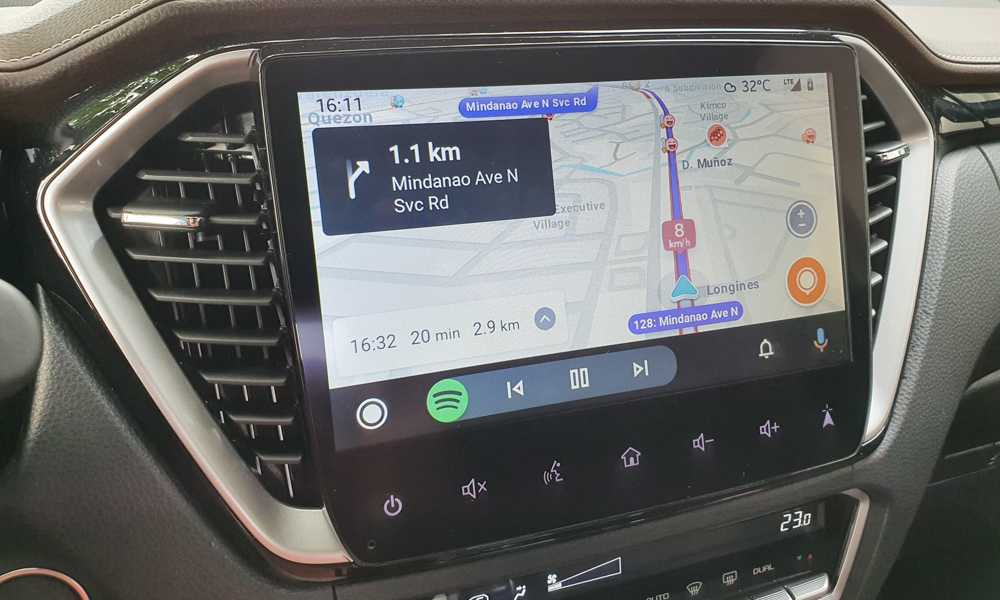
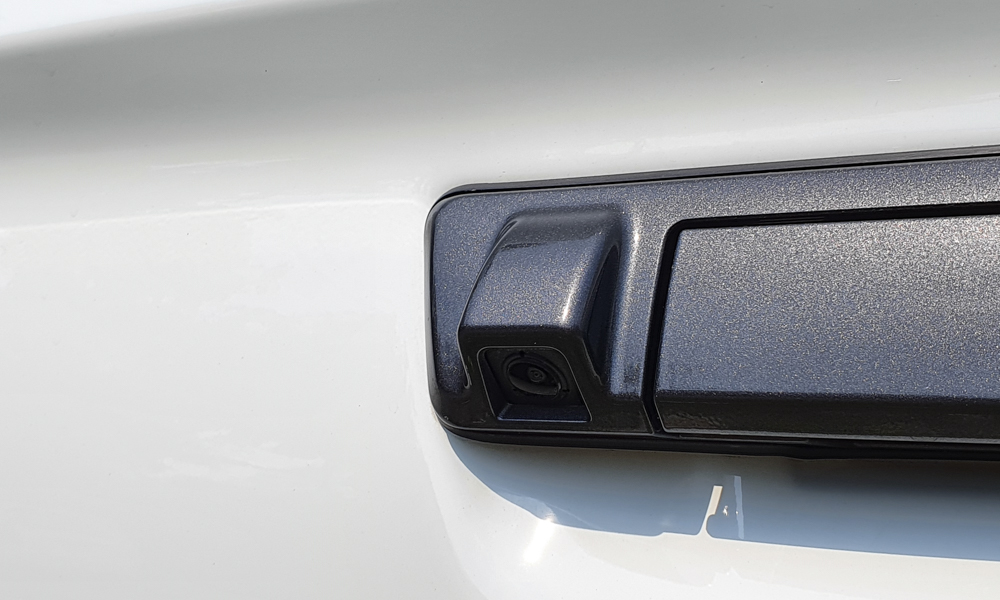
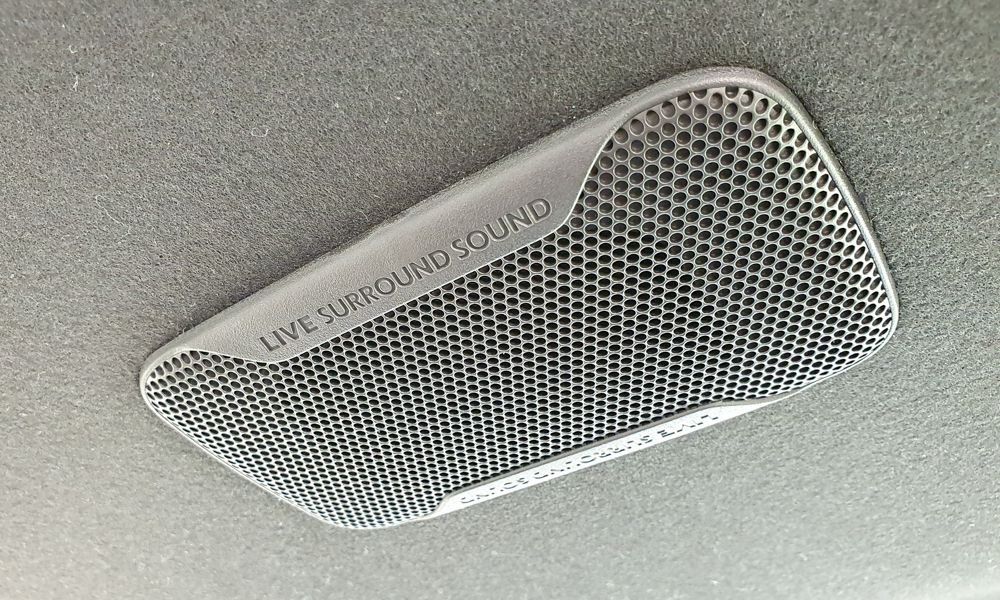
But if there was one thing that I was a bit disappointed with, it was the plastic material. The parts that aren’t covered by soft-touch stuff feel kind of cheap. There are sharp edges especially on the top portion of the front door that’s next to the window. I know that cabin materials aren’t exactly Isuzu’s forte, but the interior trim could certainly do better.
That said, I’m not sure if this quality will also be reflected on the BT-50, the D-Max’s Kodo-fied twin from Mazda. The Hiroshima-based brand’s customers expect a more upmarket ambience in its vehicles, and the Kodo treatment should extend all the way to the materials in the cabin.
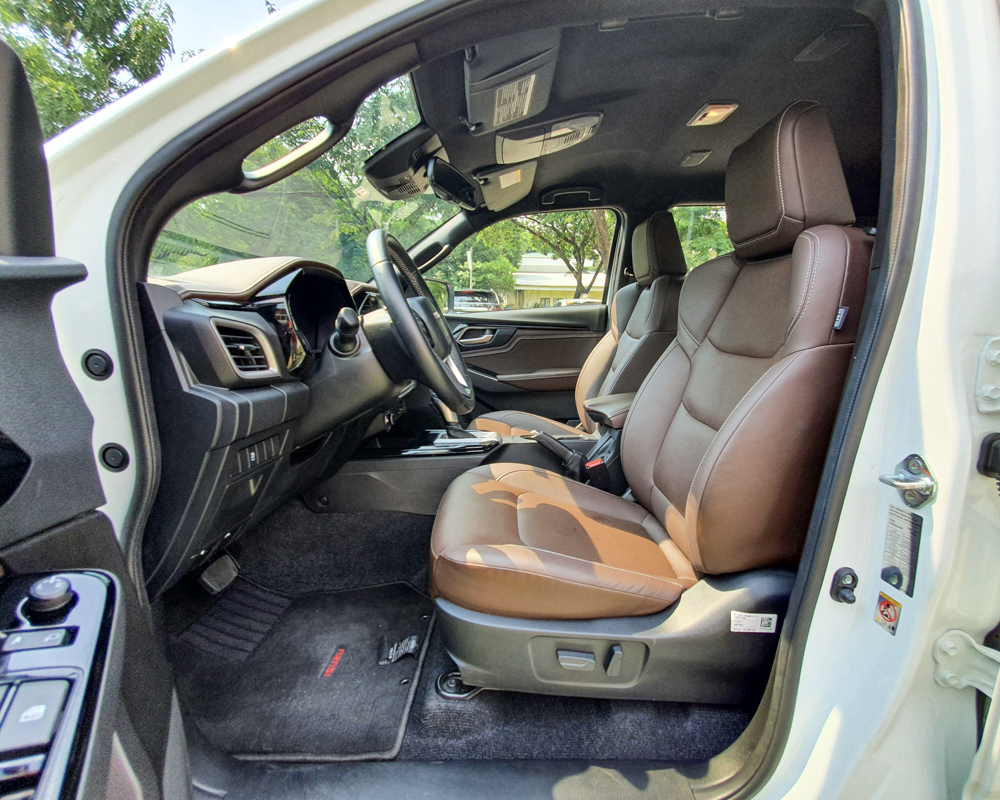
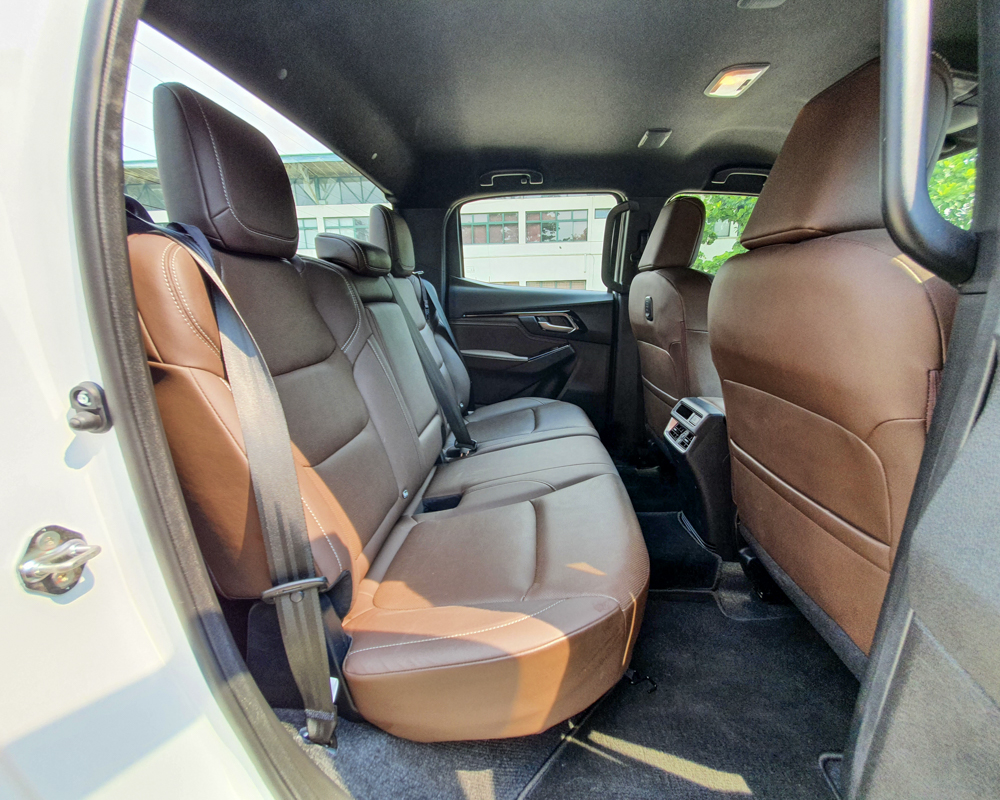
When going over bumps, the cabin is as jittery as what one would expect from a pickup. However, I think Isuzu uses a slightly softer spring rate than, say, the Toyota Hilux. The D-Max feels quite floaty, actually. The car doesn’t closely follow the contours of the potholes it is driving over, which is good if you’ve had too much to eat. It’s just the cabin shake that’s annoying.
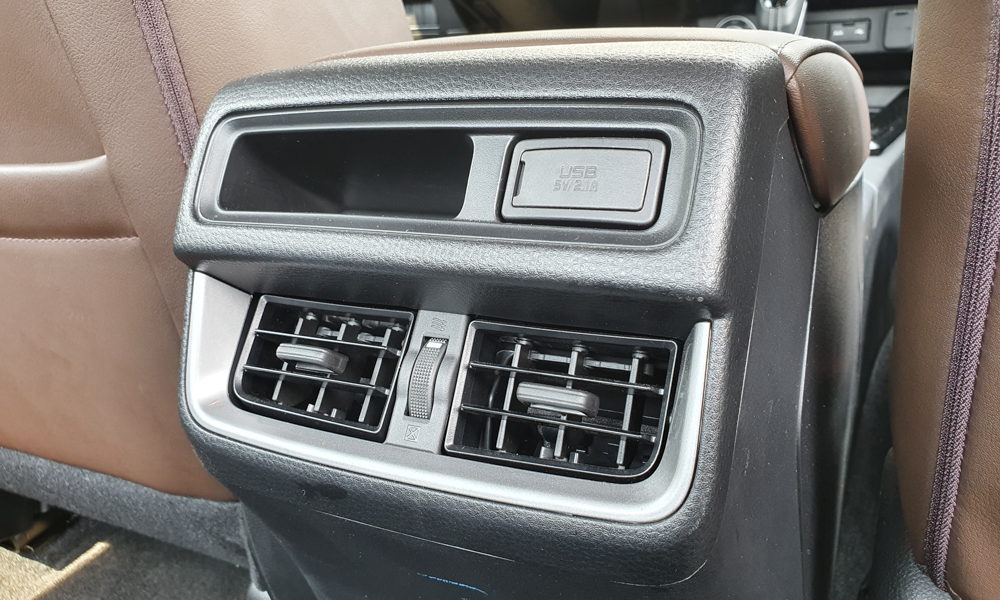
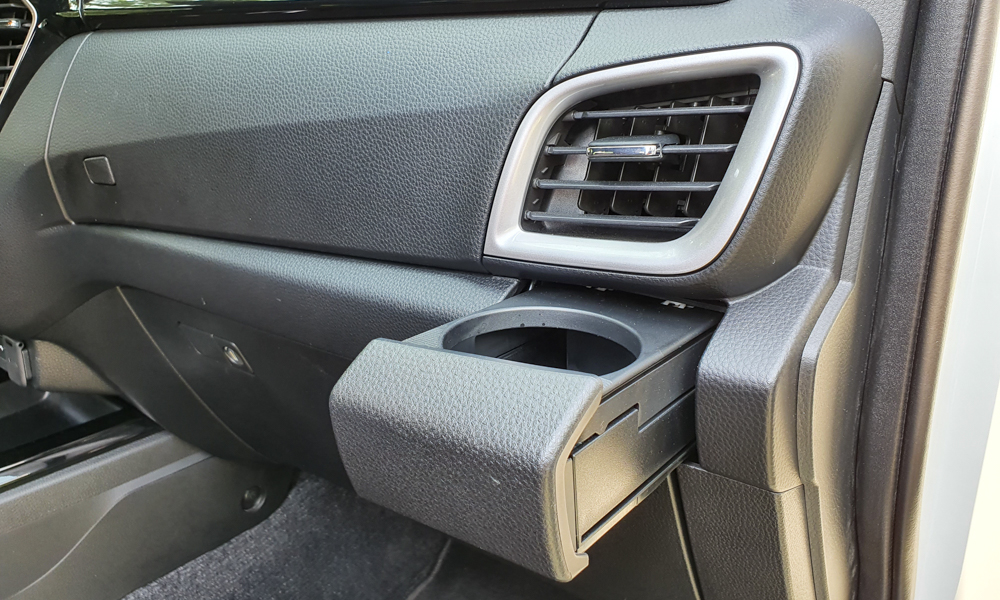
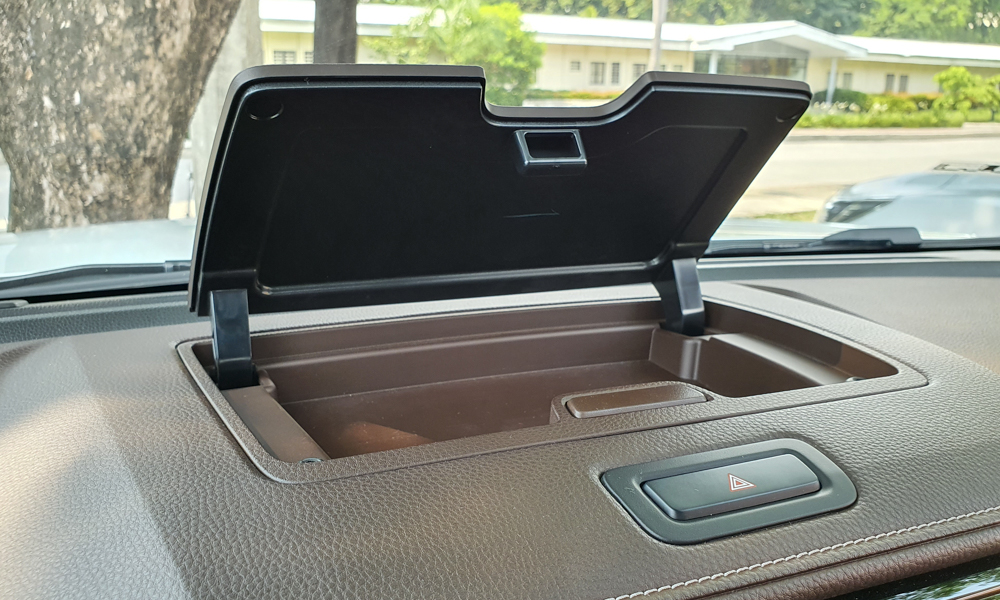
Speaking of things that are annoying, I’d have to say that the D-Max’s autonomous braking feature is a little too sensitive for my liking. It reacts to pedestrians and cars quite aggressively. I don’t think I’m braking late, but it seems like the system is programmed to respond far too early.
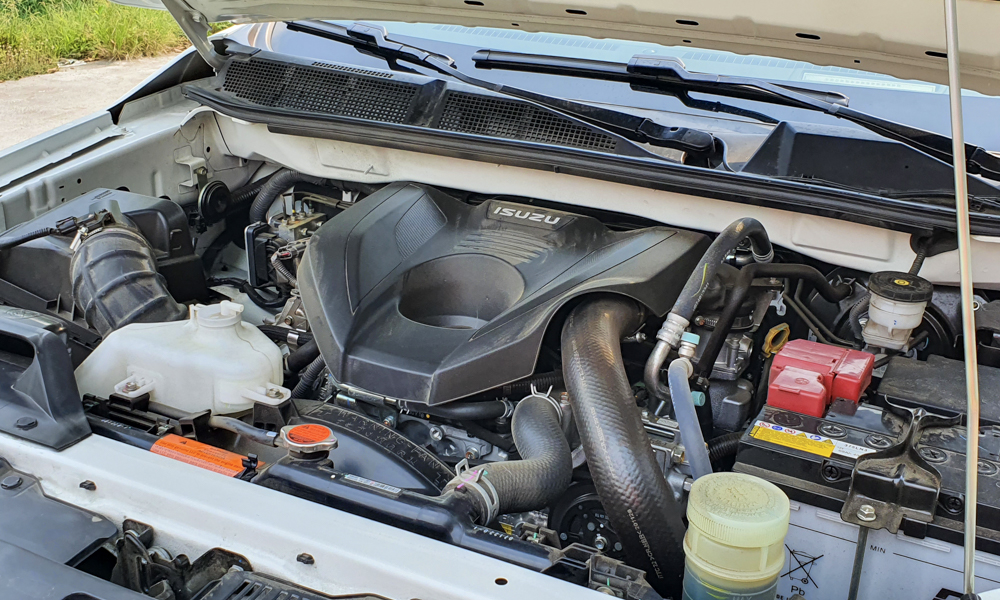
The exterior design is miles ahead of the previous-generation model. Isuzu probably wanted the D-Max to at least hold its own in the looks department against equally stylish competition. The ‘cat’s eye’ headlights and ‘fanged’ radiator grille are my favorites. They give the truck so much more character. I also like the fact that there is no sports bar, and that the bed remains a clean space with a few tie-down points. I just wish the 18-inch wheels had a better design, but it’s nothing that any aftermarket shop can’t fix.
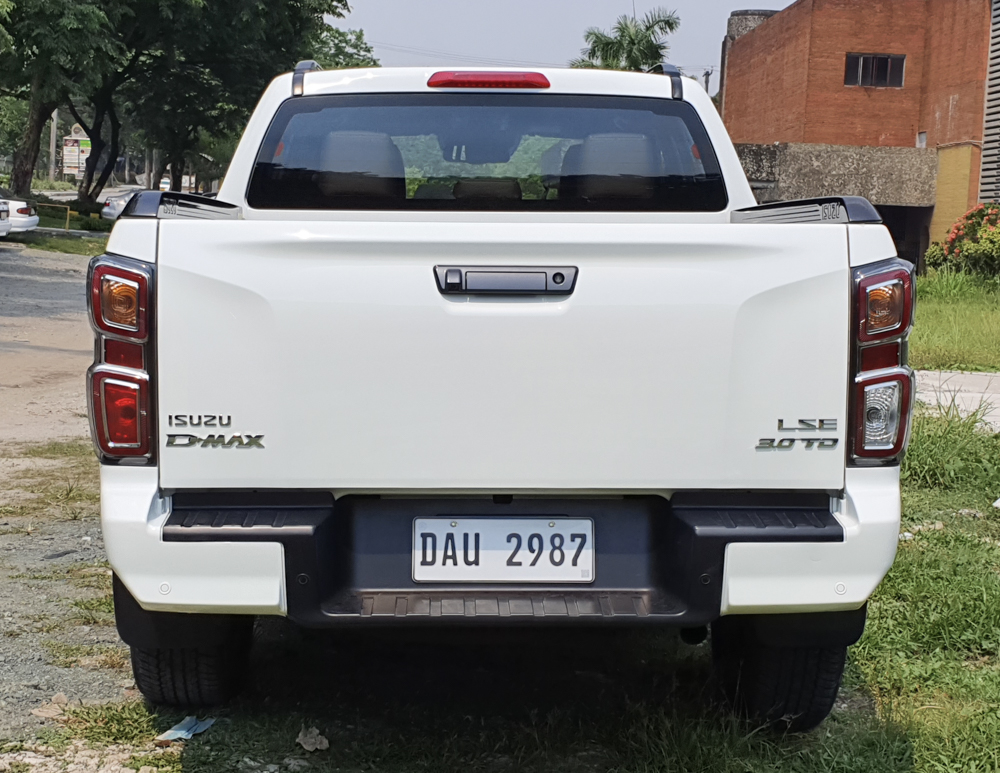
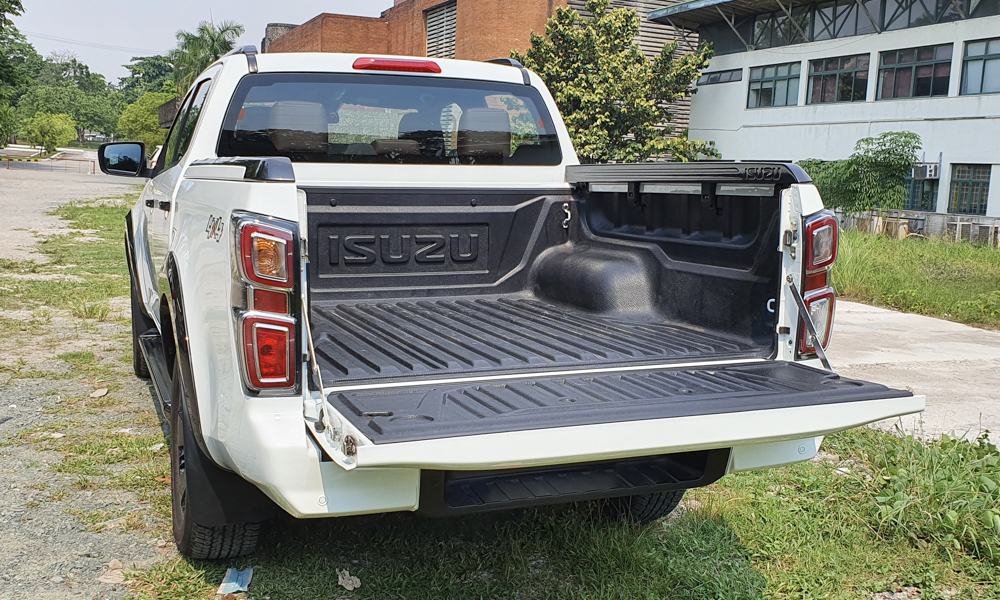
I had a friend who was extremely keen on getting a D-Max. So, before returning the car, I let him drive it for a while. He felt the vehicle was too rough around the edges for his liking. He does have a point, but I attempted to convince him that the D-Max isn’t designed to be elegant or sophisticated. It is built to be a workhorse, first and foremost. And for that, I love its no-nonsense, truck-like charm.
ISUZU D-MAX LS-E
| Engine | 3.0-liter four-cylinder turbo diesel |
| Transmission | 6-speed automatic |
| Power | 187hp @ 3,600rpm |
| Torque | 450Nm @ 1,600-2,600rpm |
| Dimensions | 5,277mm x 1,880mm x 1,810mm |
| Drive layout | 4WD |
| Seating | 5 |
| Price | P1,825,000 |
| Upside | The ride is not as harsh, and the big turbodiesel has loads of low-end grunt. |
| Downside | Interior plastics could be better, and those alloy wheels need to go. |


0 Comments